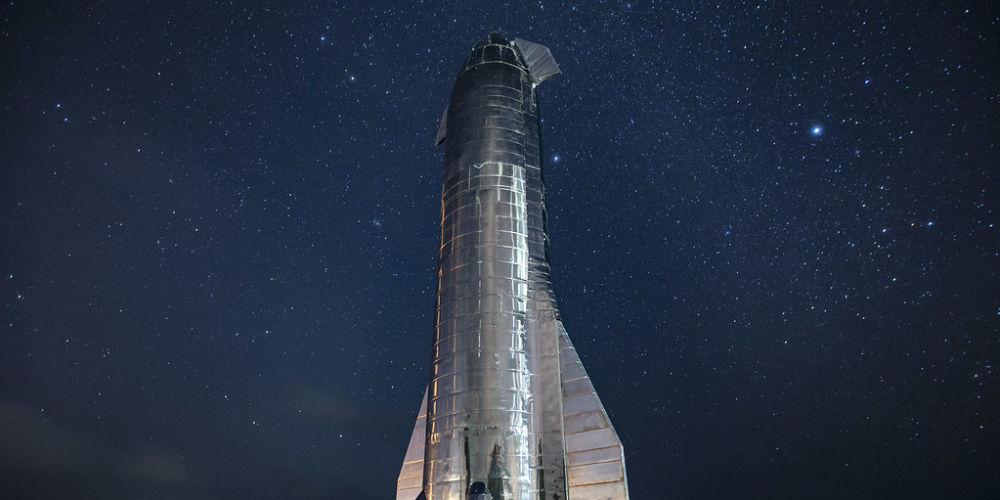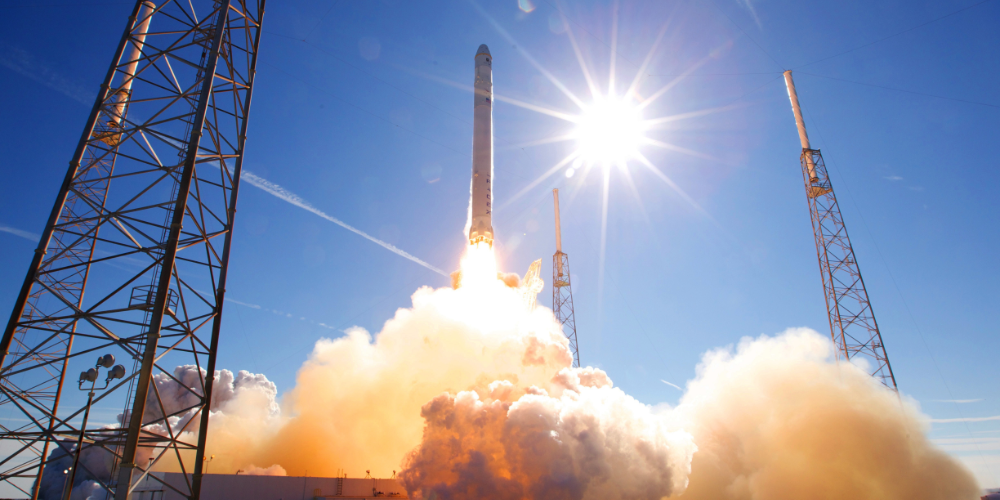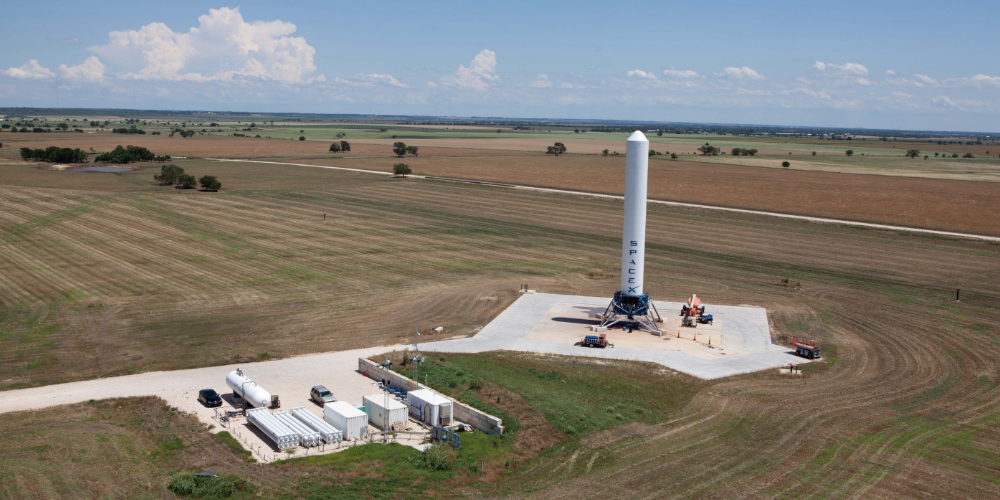Unveiling the Truth: The Alleged Explosion of SpaceX's Starship Booster and Its Implications for Space Exploration
Jul-16-2024

The recent buzz around SpaceX's Starship booster has captured the attention of space enthusiasts and skeptics alike, fueled by an alleged leaked image and intense social media analysis. SpaceX, known for its ambitious projects and innovative space technology, tackles inevitable challenges and potential mishaps in its pursuit of success. This article thoroughly explores the ongoing narrative of the Starship booster, the fan theories that have surfaced, and the in-depth analysis concerning the suspected explosion.
Chapter 1: The Intriguing Image
It all began when an image surfaced online showing a fiery explosion, presumed to be from SpaceX's Flight Four Super Heavy booster. This image prompted X user BocasBrain to share it on social media, where it quickly garnered attention and led to an in-depth examination by another user known as TheSpaceEngineer. The image depicted a vibrant orange mushroom cloud, reminiscent of the scenes captured in previous SpaceX rocket tests. The authenticity of the image became the focal point of discussion, stirring debates among enthusiasts.
Social Media Frenzy
The online reaction was swift, with experts and amateurs alike scrutinizing the explosion image. The photo quickly circulated, prompting TheSpaceEngineer to conduct a meticulous analysis. They highlighted specific aspects, such as the photo's warped perspective and the square frame visible at the bottom right, suggesting it might have been captured from a monitor displaying video footage. Additionally, the light diffusion through the buoy's signal light and the striking similarity of the explosion's color to previous Starship fireballs further bolstered the image’s credibility.
Chapter 2: The Fan Analysis

In their analysis, TheSpaceEngineer elaborated on several technical factors supporting the image's authenticity. They noted the difficulty in creating a diffused light effect akin to the explosion’s glow through the buoy's signal light, suggesting that faking such an image would require exceptional dedication. Further scrutiny revealed that the clouds above the explosion aligned perfectly with footage from SpaceX’s previous tests, adding another layer of validation.
Comparative Observations
The comparison with earlier Starship explosions was telling. The hue and intensity of the fireball were almost identical to previous incidents, reinforcing the theory that the downcomer—the fuel transportation pipe within the rocket—could have failed. This analysis led to the conclusion that a malfunctioning downcomer likely resulted in the booster’s explosive end, especially since similar issues had occurred in past tests, notably in 2022.
Chapter 3: Infrasound Data Insights
The debate over the explosion didn’t end with visual analysis. LabPadre, another X user, shared infrasound data, which further substantiated the claim. The data showcased increased acoustic activity following the shut down of the landing burn, aligning with the hypothesis that the booster experienced a post-landing explosion. According to TheSpaceEngineer, the infrasound data contained numerous echoes and a prominent spike, interpreted as being louder than the typical landing burn or sonic booms associated with liftoff. This final piece of evidence, they suggested, was the proverbial nail in the coffin, indicating a post-landing failure and subsequent explosion.
Chapter 4: SpaceX's History with Failures
SpaceX has a track record of facing and addressing failures head-on. The company's approach of pushing the rockets to their limits to test their resilience and identify weaknesses has often resulted in dramatic, unintended disassemblies. These incidents, though frequently seen as setbacks by the public, are integral to SpaceX's iterative design philosophy. Each failure provides critical data that informs future designs, ultimately contributing to the long-term success of their missions.

Learning from Past Mistakes
Historically, SpaceX's tendency to encounter mid-flight issues or post-flight failures has not deterred its mission but instead has driven continuous improvement. The supposed failure of Flight Four’s booster follows a familiar pattern observed in the early stages of innovative aerospace engineering programs. Despite the inherent risks, SpaceX's commitment to rigorous testing and rapid iteration shows a clear pathway toward achieving reliable and reusable spaceflight technology.
Chapter 5: The Bigger Picture
Although the focus has been on the alleged explosion of the Starship booster, it's essential to view SpaceX's progress within a broader context. The setbacks faced are part of a larger narrative of pioneering advancements in space travel, with each test bringing the company closer to achieving its ambitious goals, including interplanetary exploration and commercial space travel.
Innovation Through Adversity
The road to innovation is frequently filled with obstacles, and SpaceX's experience is no different. The rumored explosion of the Starship booster, while a setback, also represents a valuable learning opportunity. Such incidents underscore the complexities involved in mastering advanced rocket technology and highlight the relentless pursuit of excellence that defines SpaceX's ethos.
In conclusion, the purported explosion of SpaceX's Starship booster, supported by an alleged leaked image and comprehensive social media analysis, adds another chapter to the tapestry of space exploration. Despite the hurdles, SpaceX remains undeterred, using each experience to refine and enhance its technological capabilities. Regardless of whether the explosion took place, the incident highlights the ever-changing and progressive nature of space exploration, serving as a reminder that each experiment brings us one step nearer to unravelling the secrets of the universe.







